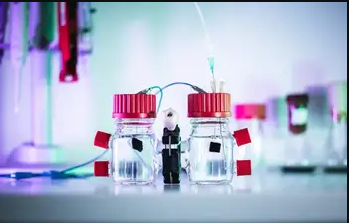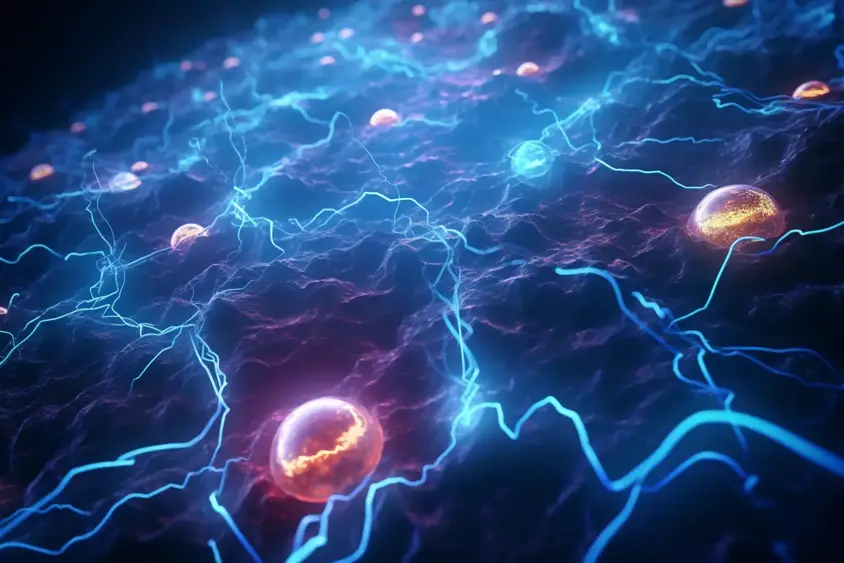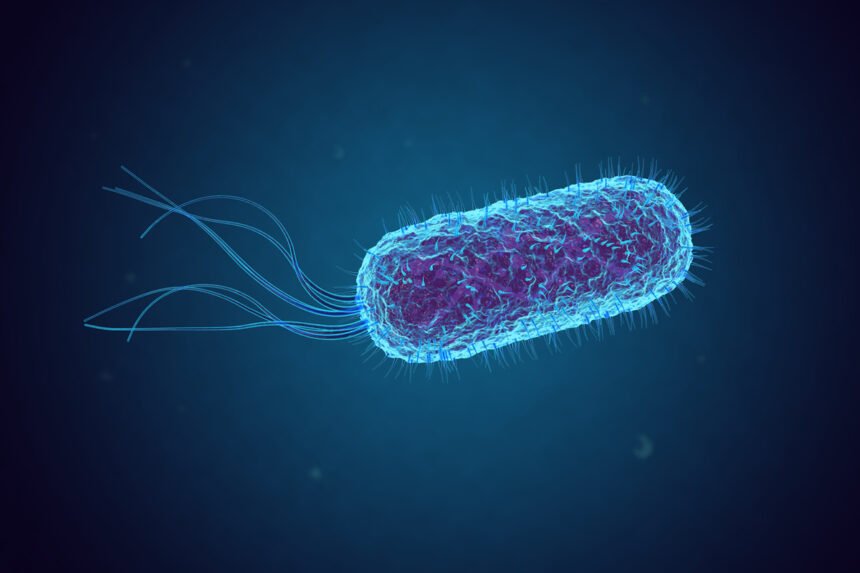In an era where sustainable energy sources are becoming increasingly crucial, researchers on bacteria are turning to innovative methods to harness electricity from unconventional sources. One such groundbreaking approach is the use of bioengineered bacteria to generate power from wastewater. This revolutionary concept not only addresses energy needs but also tackles the issue of wastewater treatment, making it a win-win solution for our environment.
The Problem:
Wastewater treatment has long been a critical concern for urban areas around the world. As populations grow, so does the volume of wastewater produced, which contains organic matter and other pollutants. Traditional wastewater treatment plants are energy-intensive and costly to operate, making them unsustainable in the long run. Additionally, the energy expended in treating wastewater outweighs the energy produced, contributing to a net energy loss.

The Solution:
Bioengineered bacteria are emerging as a promising solution to this problem. Scientists have discovered a way to harness the metabolic processes of certain bacteria to produce electricity during the breakdown of organic matter in wastewater. This process, known as Microbial Fuel Cells (MFCs), holds significant potential for sustainable energy generation.
How it Works:Generating electricity from bacteria
- Bacterial Electroactivity: Specific strains of bacteria are selected for their electroactive properties. These bacteria have the unique ability to transfer electrons to and from solid surfaces, a key characteristic for generating electricity.
- Wastewater as Fuel: Organic matter present in wastewater serves as the fuel for these bacteria. As they consume this organic material, they release electrons in the process.
- Electron Transfer: The released electrons are captured on an electrode surface, creating an electric current. This current can then be harnessed and used as a source of electricity.
- Cleaner Wastewater: As a bonus, the breakdown of organic matter by the bacteria in MFCs also results in cleaner wastewater, which reduces the need for additional treatment processes.

Advantages:
The use of bioengineered bacteria for electricity generation from wastewater offers several advantages:
- Sustainability: MFCs provide a sustainable source of energy while simultaneously addressing the wastewater treatment problem.
- Cost-Effective: Unlike traditional wastewater treatment methods, MFCs can potentially reduce operational costs over time.
- Reduced Environmental Impact: MFCs produce cleaner wastewater and have a smaller carbon footprint compared to conventional treatment methods.
- Scalability: This technology can be scaled to meet the energy needs of various applications, from small-scale setups to large municipal wastewater treatment plants.
Challenges:
While bioengineered bacteria-based electricity generation shows great promise, there are challenges to overcome:
- Efficiency: MFCs are currently less efficient than conventional power generation methods, requiring further research to improve their energy output.
- Bacterial Selection: Identifying and optimizing the right bacterial strains for electricity production is an ongoing challenge.
- Scale-Up: Scaling up MFCs for large-scale energy production in urban areas requires investment and infrastructure development.
Future Prospects:
Bioengineered bacteria hold immense potential for transforming the wastewater treatment and energy generation landscape. As research continues to advance, we can expect improvements in MFC efficiency, leading to wider adoption of this innovative technology
Applications and Potential Impact:
The applications of microbial fuel cells (MFCs) powered by bioengineered bacteria are far-reaching and have the potential to revolutionize various industries and sectors.
- Wastewater Treatment Plants: One of the most immediate and significant applications is within wastewater treatment plants. Implementing MFCs can not only reduce operational costs but also turn these facilities into net energy producers. This shift toward sustainable wastewater treatment could alleviate the environmental burden of urban areas and contribute to cleaner waterways.
- Remote and Off-Grid Areas: In remote or off-grid regions where access to traditional power sources is limited, MFCs offer an eco-friendly and decentralized solution. These areas could utilize MFCs to treat wastewater and generate electricity simultaneously, addressing two critical needs with a single technology.
- Bioremediation: MFCs can be used in polluted environments for bioremediation. By harnessing the power of electroactive bacteria, they can help break down and detoxify organic pollutants, making polluted sites cleaner and safer.
- Sustainable Agriculture: Agriculture consumes a significant amount of energy, especially for irrigation and water treatment. Integrating MFCs into agricultural processes can reduce energy costs while also improving water quality for crops and livestock.
- Energy-Efficient Buildings: In urban areas, MFCs could be incorporated into building infrastructure to treat wastewater from residential and commercial properties while generating on-site electricity. This not only reduces the burden on centralized wastewater treatment facilities but also contributes to more sustainable urban living.
- Environmental Conservation: MFCs have the potential to be deployed in natural ecosystems for monitoring and conservation purposes. They could power remote sensors and data collection devices in sensitive environmental areas without the need for external power sources.
- Scientific Research: The study of bioengineered bacteria and MFC technology continues to advance our understanding of microbial ecosystems, electrochemistry, and biotechnology. This research has broader implications for microbiology and bioengineering.
As the technology matures and becomes more efficient, it can play a crucial role in achieving global sustainability goals. It aligns with the principles of the circular economy, where waste is transformed into a resource, and energy production is integrated into sustainable processes.
Conclusion:
Generating electricity from wastewater using bioengineered bacteria is a prime example of innovative thinking addressing the challenges of our time. It combines the urgent need for sustainable energy sources with the imperative to clean our water resources. While there are challenges to overcome, ongoing research and development hold great promise for improving the efficiency and scalability of microbial fuel cells.
To realize the full potential of this technology, collaboration between scientists, engineers, environmentalists, and policymakers is essential. Government support and incentives for research and implementation can expedite the adoption of MFCs in wastewater treatment plants and other critical sectors. Together, we can harness the power of bioengineered bacteria to create a cleaner, greener, and more sustainable future.




































